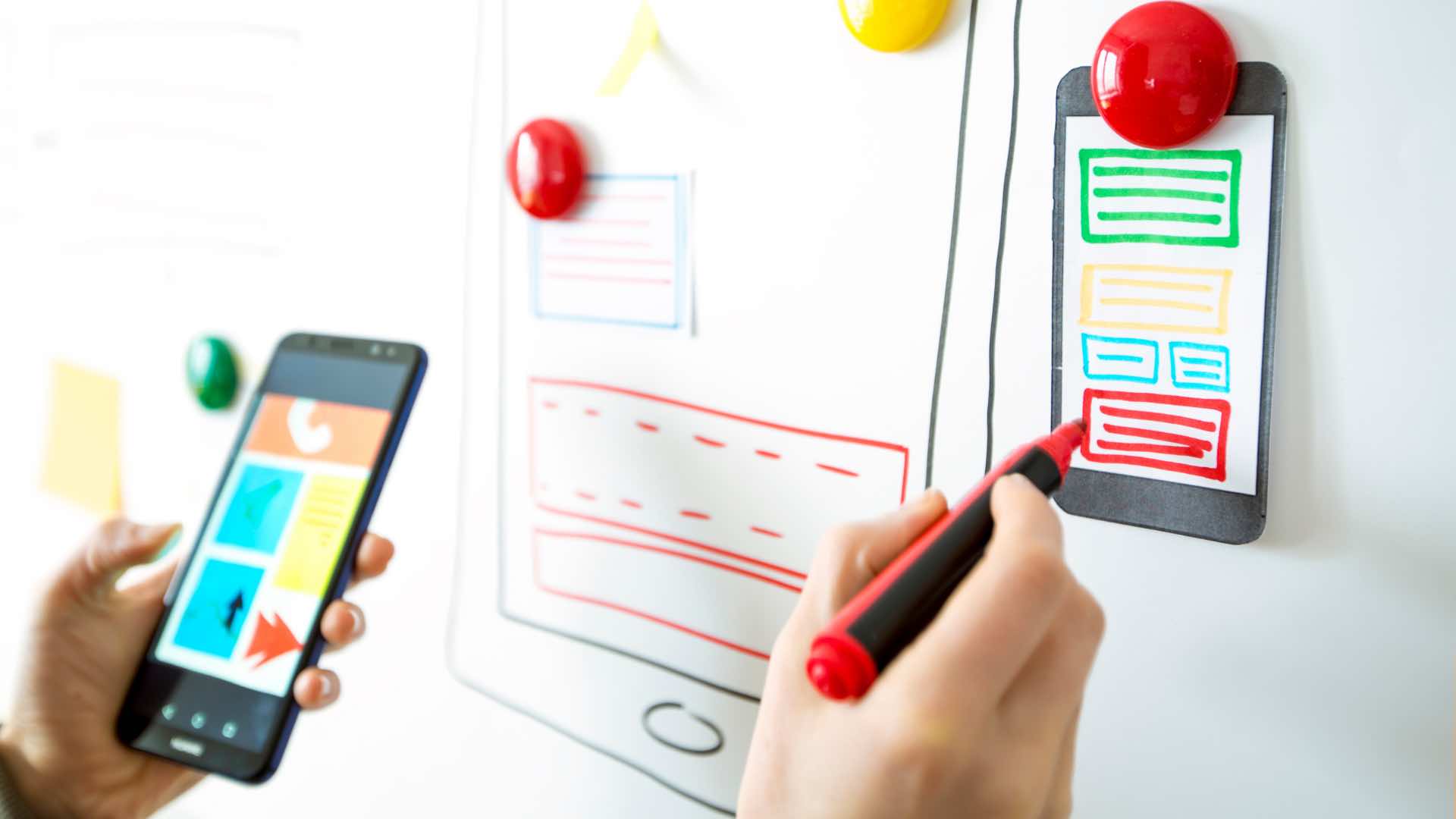In order to fully understand the User Experience UX design process, we must first break down the term.
Don Norman, a former vice president of Apple’s Advanced Technology Group, introduced the term User Experience (UX) Design in 1995.
When a user interacts with a product or service, they are referred to as having a “UX,” or user experience.
Emotion, sensations, and physical interaction are all part of the experience.
UX design is a dynamic and ever-changing area that embraces new ideas.
UX design enhances the product’s user experience.
The success of a product is enhanced by a positive user experience.
Therefore, UX design refers to the systems created by designers to ensure that the user’s experience is appealing and hassle-free.
One of the most important concepts of user experience design is usability, which is the ability of the design to solve an issue for its intended audience.
Regardless of how visually appealing your design may be unless it is simple and easy to use, it will not resonate with the consumer.
“Design thinking” is a term that most designers are familiar with when it comes to the process of designing user-centered products.
Because user experience design is all about resolving your user’s needs, you must address the following questions:
- What exactly is the issue they’re having?
- What problem are you attempting to resolve for your user?
- What issue are you attempting to address?
When you know what your users’ challenges are and what questions you need to ask, you can devise a strategy for designing a successful product.
There are five steps in the UX process:
- Empathize: Empathize is the first step in Design Thinking. This step is designed to help you gain a better understanding of the issue at hand.
- Define is the second stage of Design Thinking. After completing the Empathize phase of Design Thinking, you’re now bringing all of your findings together.
- Ideate: Ideate is the third step of Design Thinking. During this phase, Design thinkers begin to synthesize the knowledge gathered in the preceding stages into logical concepts.
- Prototype: Prototype is the fourth step of the Design Thinking process. A variety of low-cost, feature-specific products will be developed during this phase of the project.
- Test: Test is the fifth and final step in the Design Thinking process. Prototypes created in step four are put to the test in stage five.
There are several benefits to conducting thorough research into the product and its development process, including gaining important information that you can use to improve your own products in the future.
When it comes to the user experience design process, there is no one-size-fits-all approach.
That implies that every step of the process will be unique to you and your brand.
Your success depends on finding what works best for you.
The most important UX design principle is to keep the end-user in mind at all times.
However, the goal of any design approach is the same: to develop a product that your customers will love.
Read more on Crenov8:
Customer Experience Design is becoming increasingly important in meeting consumer demands
When it comes to Design Thinking, Why do we put more emphasis on Insights?






